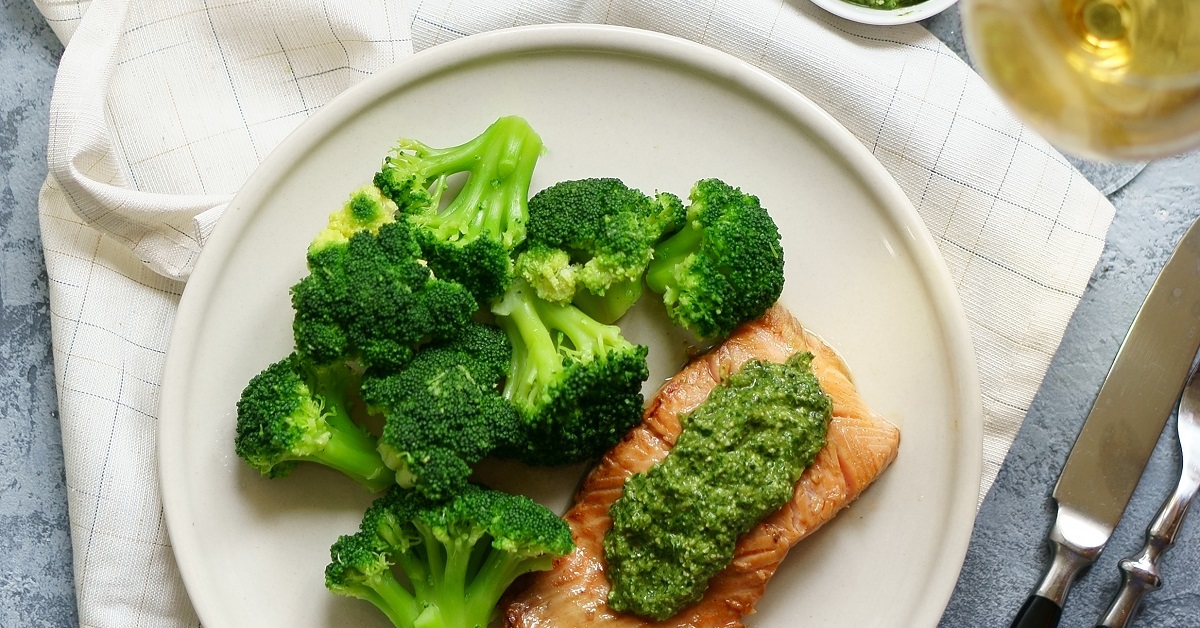The expression, “Feed your face,” can have more meaning than it might appear to suggest. Among the things we notice in our life’s work is what a profound effect nutrition can have on the skin’s health, texture, resilience, and the longevity of a youthful appearance. One highly motivating reason to keep nutrition in mind when you consider your skin’s appearance is this: Your skin is the last organ of the body to receive its nutrition.
Every other major organ is upstream between the skin and the heart in blood supply, and the capillaries – the blood vessels that carry nutritious blood down the last inch of its journey, the blood vessels closest to the surface of the skin – are so tiny they are almost beyond describing. Let’s let that thought add a bit of priority to putting the best nutrients into your system in the first place. Your skin – the largest organ of the body and the one that other people can see – will thank you for it.
Five Favorites Make the Subject Simpler
When we narrow skin nutrition down to a handful of tips, it’s hard to do the subject justice. Because you can fit anything on the Web, some sources show the 12 best foods for healthy skin. Others say 15. Here, let’s focus on five favorites, so we all can just use our fingers to remind us of some choices we can make that show up in the world as radiant, healthy skin.
Let’s start with what some might say is the good news and the bad news. The good news is that chocolate is on the list of skin-nutritious foods. The bad news for some is that so is broccoli.
1. Getting on the Right Side of Broccoli
Broccoli is your skin’s friend, whether it is a fan favorite or not. If you don’t like it already, try what works with kids: call it “trees” and pretend you’re a giant. The reason your skin wants you to befriend broccoli is because it is full of the specific vitamins and minerals your skin needs, including vitamin A, vitamin C, and zinc. It’s also a delicious source of lutein, a substance that protects your skin from oxidation, the process that otherwise leaves skin dry and wrinkled.
And if you still don’t love broccoli, think of this too: broccoli contains sulforaphane, yet another sun protector. Sulphoraphane switches on protective systems in the body, and it neutralizes free radicals, the unpaired electrons that damage cells. In lab tests, sulforaphane reduced by 29% the number of skin cells killed by UV light, and this protection lasted up to 48 hours. Sounds like a pretty good friend to have.
2. Yum, Chocolate
Dark chocolate is good for your skin. As if you needed our go-ahead. The reason you can feel good about loving dark chocolate is that the high cocoa content brings you fuller and more hydrated skin. A study showed, too, that cocoa improves blood flow to the skin, bringing to it more nutrients. And that’s where we began.
3, 4, and 5. Life from the Sea and the Land
Though salmon is born and bred in freshwater streams, it spends most of its life in the ocean, where it feasts on all the richness of the primordial waters. Salmon is one of your skin’s best friends. When it comes to your table, salmon is loaded with “healthy fats,” the Omega-3 fatty acids that your own body cannot make, yet which you need, to build and restore cell walls. This natural anti-aging substance brings with it a bonus, too. Omega-3 helps your body block a chemical that otherwise lets skin cancer grow and spread. It also lowers inflammation, the No. 1 cause of most of the things we think of as aging.
Back on dry land, in fact under the surface of it, sweet potatoes are growing. In addition to being a more colorful, more interesting answer to the question of “starch” on the dinner plate, sweet potatoes bring you beta-carotene. Why have we heard that name before? Because beta-carotene is a natural sunblock, helping protect your skin from the damage that can result from your everyday exposure to the ultra-violet spectrum of the sun’s rays.
And speaking of the color spectrum, let’s look at peppers; the yellow and red ones in particular. A friend of ours started adding these to his daily salad just to make it look more interesting every day, and soon the salad wasn’t the only thing that was looking more attractive. How’d that happen? Because bell peppers bring more beta-carotene. In fact, just a cup of bell pepper gives you 92% of your recommended daily amount (RDA) of vitamin A. So what? Vitamin A stimulates fibroblasts, and in addition to being fun to say, fibroblasts develop the kind of deep-layer tissue that keeps skin firm and healthy-looking on the surface.
Getting especially helpful nutrients to your skin – the largest organ and the last in line – is how to eat your way to healthier skin. Have a delicious time taking this advice. Give us a call and let us be your guide to an overall approach to having the skin you want to wear, everywhere.


